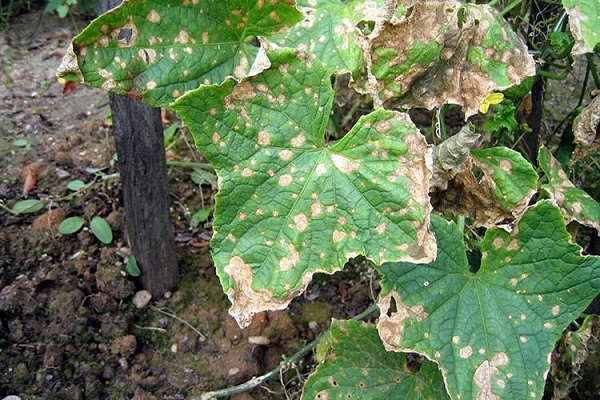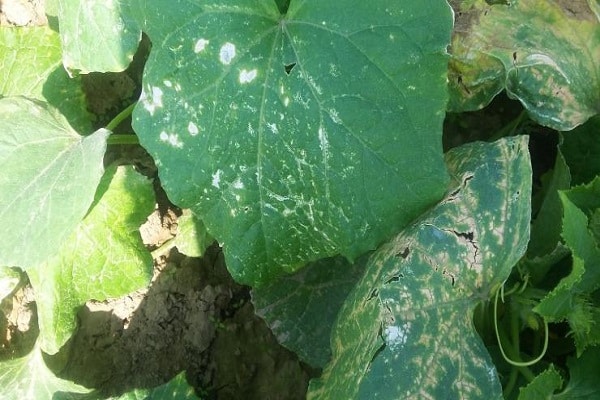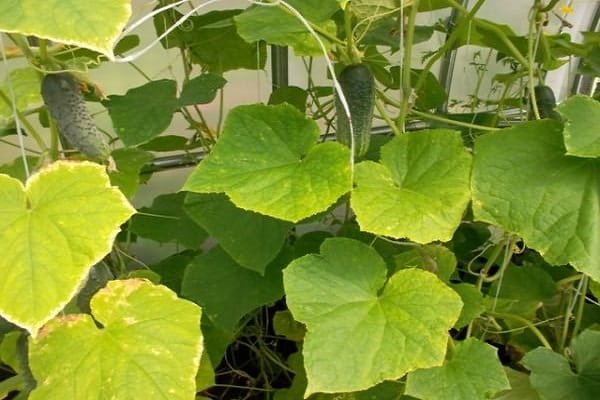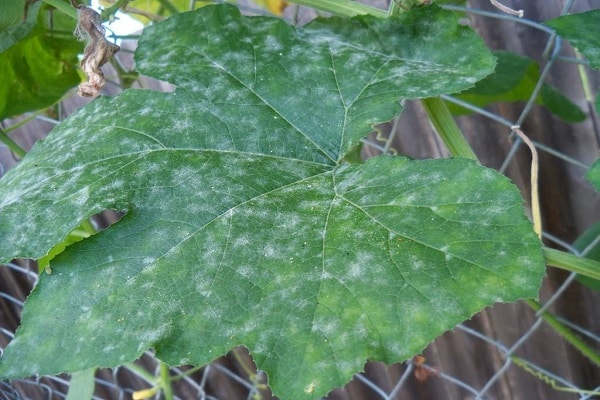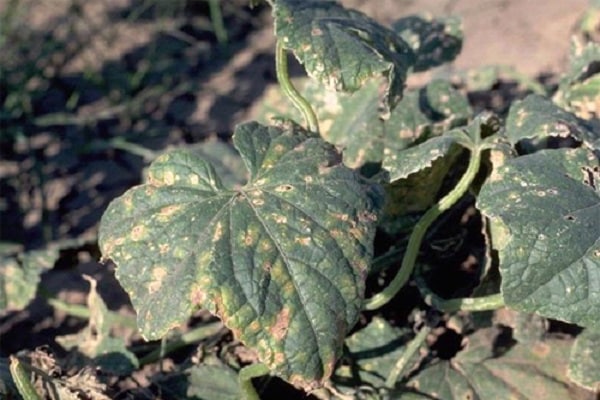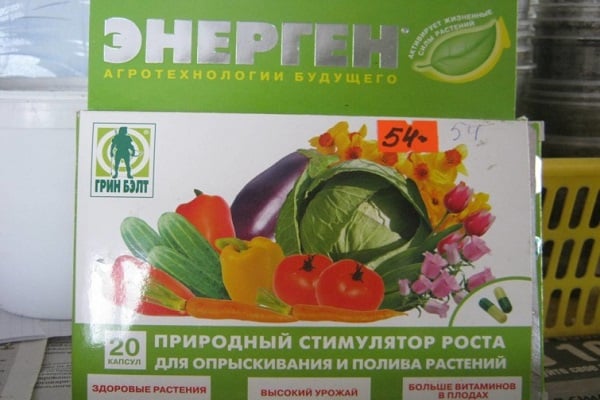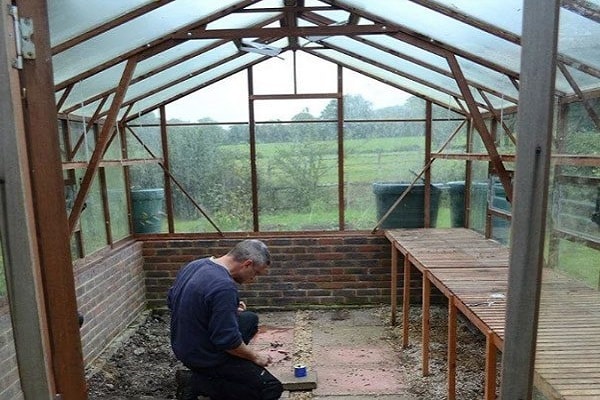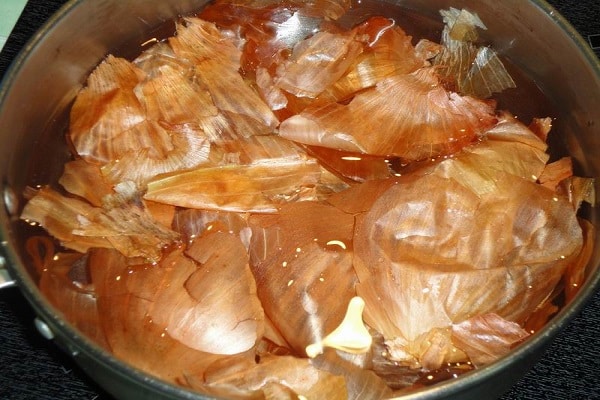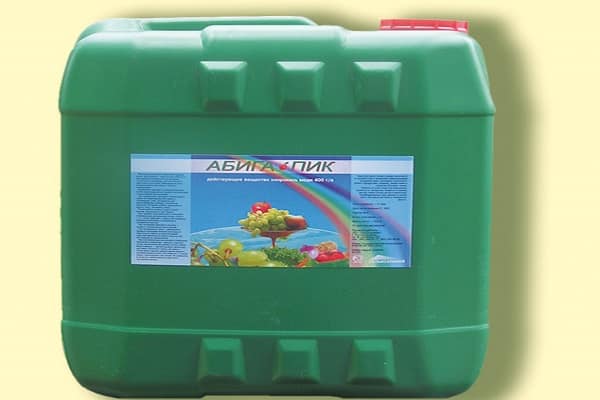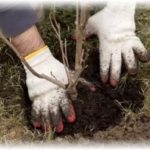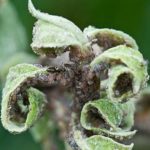Growing crops is not complete without treatment against diseases. Bacteriosis of cucumbers is common in any growing method. Summer residents recommend proper preventive treatment to avoid loss of yield. There will be no difficulties with this, even for a beginner.
Favorable conditions for the development of the disease
High air humidity is a harbinger of intensive spread of bacteriosis. Also, high temperature affects its active development.
The carrier is seed material, plant debris, wind and rain.Insect pests and the person doing the pruning can also transmit pathogens. All instruments must be disinfected. Rain washes bacteria from diseased leaves to healthy ones. The wind carries the dry remains of cucumber tops, thereby spreading the bacteria further.
Oversaturation of the soil with nitrates will lead to the development of bacteriosis of cucumbers. Because bacteria feed on nitrites. The disease also develops in dense plantings.
The virus penetrates through open wounds and stomata, injured roots. When it gets into fruits, it settles in the seeds. The favorable temperature for the life of bacteria is +25-27 ⁰C, and the humidity is 80-85%.
Symptoms by which the disease is recognized
It is easy to find out that cucumbers are affected by this disease; just carefully examine the appearance of the plants. The spread of the disease begins with the cotyledon leaves; they become covered with angular spots. The first days they are yellow, then they become brown.
If there is increased humidity, then mucus begins to flow from the back of the leaves. As soon as it gets drier, the spots dry out, turn white and fall off. Holes form in their place. Over time, only the leaf veins remain, everything else dies and crumbles.
With more severe damage, bacteria affect 70-90% of the entire green mass. Cucumber fruits are also susceptible to the virus; they become deformed and lose their taste.
Then the plant slows down and begins to shed its leaves. Fruiting stops. If you delay treatment, the shoots will die.
Consequences of plant damage
Angular leaf spot disease of cucumber is a bacteriosis that can cause enormous damage to plantings. With minor damage, the plant produces 50% less yield than a healthy bush.If the situation is difficult, the vines begin to die, and then the entire plant.
If the development of the disease is not stopped in time, the summer resident risks losing most of the bushes and significantly reducing the yield of the remaining plants.
The plant is affected by the disease at any stage of the growing season.
Not only does the volume of plant yield decrease, but also the presentation and shelf life of the vegetable deteriorate.
Prevention against infection
Treatment of the disease is a complex process; it is easier to carry out preventive work. This will save the harvest, time, energy and nerves of the summer resident. Prevention:
- Choosing a site for planting. The site should be located on a hill and on the sunny side. When exposed to the sun, the bacterium dies within an hour. Shaded beds, not heated by sunlight, are a favorable environment for the growth of bacteria. It is better to avoid drafts and heavily ventilated places.
- Location of bushes. Vertical fastening of the plant's lashes is recommended. Access to oxygen is ensured, the lashes come into less contact with the ground.
- Hilling and loosening. Access of oxygen to roots.
- Watering. I only use warm water.
- Feeding. A healthy plant resists disease more easily. 2-3 feedings with the following composition are enough: 20 g of superphosphate, 7 g of urea, 20 g of potassium salt, 2 g of manganese, 4 g of copper sulfate.
- Treatment. They use traditional methods of combating bacteriosis. Chemicals settle in cucumbers. Preparation Hom: 40 g per 10 liters of water, spray the bushes. Another drug Energen: 5 ml per 10 liters of water.
- Growing in protected soil. The good thing about a greenhouse is that the humidity level in it is regulated. In addition, it is difficult for insects carrying the disease to penetrate into closed spaces.The temperature inside is stable for 24 hours.
- Selection of disease-resistant seed material. Breeders strive to develop a variety that will be immune to the disease. Currently these are hybrids: Masha, Lesha, Murashka, Octopus. Varieties: Competitor, Nezhensky 12, Dalnevostochny 6, 12, Delicatessen.
- When collecting plant seeds yourself, only healthy cucumbers are selected.
- Removal of plant residues. After harvesting, it is recommended to burn all plants or take them outside the site; the bacteria in the ground die.
- Disinfection of the greenhouse. Treatment of walls, beams, supporting structures with special solutions.
- Seed dressing. Before planting, it is recommended to treat the planting material with Fitolovin 300, TMTD.
- Autumn digging. In winter, the soil is deeply plowed and the remaining bacteria die.
How to combat the spread of the disease?
Each summer resident has his own methods of struggle. Chemicals work best, but they are harmful to health. They are used before flowering and formation of ovaries in plants. Traditional methods of treating the disease are often used, which each vegetable grower chooses according to the effectiveness of the effect:
- When growing in a greenhouse, gardeners raise the temperature and ventilate the room, reducing air humidity.
- Spraying with 0.5-0.7% solution of Bordeaux mixture or copper oxychloride.
- All severely diseased plants, leaves and vines are destroyed.
- Fungicides and insecticides are used in combination. For example: Aclectic and Bayleton or Aclectic and Farmayod-3.
- Onion decoction. Add husk to a 0.7 liter jar, add 10 liters of water, boil for 1 minute. Leave for 12-15 hours. Then strain and let stand. Then spray the plants with a solution of 4 liters of water per 1 liter of the resulting infusion.It is recommended to water the soil as well.
- Chemicals that summer residents use strictly according to the instructions: Kuproksad, Abiga-Pik, Fitolavin.
The opinion of vegetable growers agrees on one thing: it is best to carry out preventive treatments in a timely manner rather than treating cucumbers for bacteriosis. The consequences of the disease can be very serious, causing loss of 80% of the crop. In addition, the bacteria remain in plant debris over the winter well and will begin to progress with renewed vigor the next season.
Preparing the site in the fall, timely application of fertilizers, removing weeds and loosening and watering are the main agricultural techniques that will save you from the spread of the disease.

